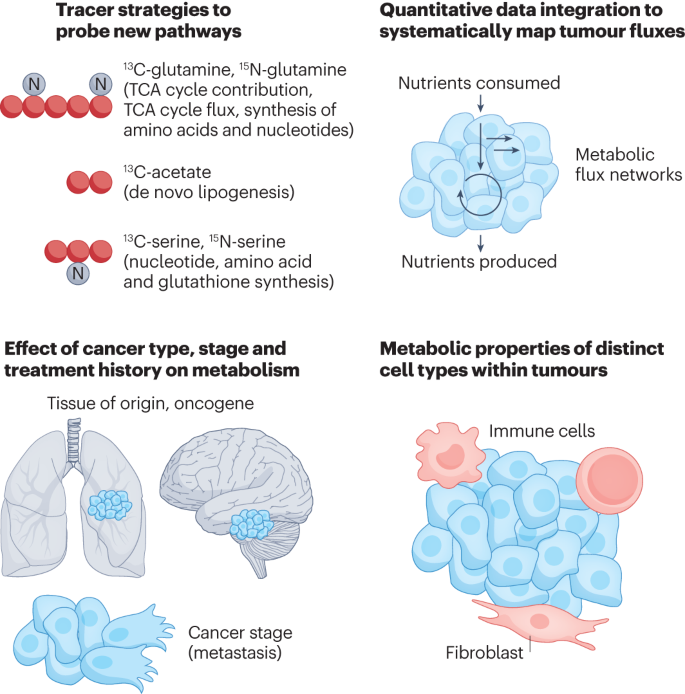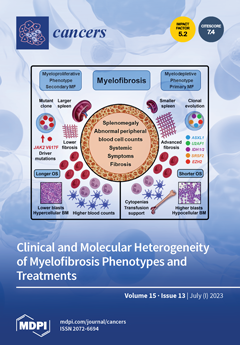A perianal tumor on a dog appears as a slow-growing, non-painful mass around the anus. Perianal tumors can be a cause of concern for dog owners.
These tumors are characterized by slow growth and typically do not cause pain to the dog. They can appear as pink, hairless nodules around the anus. While they are usually found in the hairless area of the perineum, they can also grow in other regions such as the prepuce, scrotum, and under the tail.
In rare cases, perianal tumors may ulcerate and become infected. To provide the best care for your dog, it is important to be aware of the appearance and characteristics of perianal tumors.

Credit: www.americanoncology.com
Understanding Perianal Tumors In Dogs
Perianal tumors in dogs typically appear as slow-growing masses around the anus. These tumors are usually pink, hairless, and non-painful, emerging in the hairless area of the perineum.
What Are Perianal Tumors?
Perianal tumors are abnormal growths that develop in or around the anus of dogs. These tumors can vary in size, shape, and appearance, and may be either benign or malignant. Benign perianal tumors are typically slow-growing and non-painful, while malignant perianal tumors can be more aggressive and may cause discomfort for the dog.
Causes And Risk Factors
The exact cause of perianal tumors in dogs is unknown, but certain factors are believed to contribute to their development. Hormonal imbalances, such as an increase in testosterone levels in intact male dogs, can increase the risk of perianal tumors. Additionally, certain breeds, like German Shepherds and Cocker Spaniels, are more prone to developing these tumors.
Other potential risk factors include age, with older dogs being more susceptible, and a history of perianal tumors in the dog’s lineage. It’s important to note that while specific risk factors exist, any dog can develop perianal tumors regardless of breed or age.
Diagnosis And Treatment
The diagnosis of a perianal tumor in a dog typically involves a thorough physical examination by a veterinarian. They may also recommend additional diagnostic tests such as a biopsy or imaging studies to determine the nature of the tumor.
Treatment options for perianal tumors depend on various factors including the size, location, and whether the tumor is benign or malignant. In some cases, surgical removal of the tumor may be necessary. Hormonal therapy, such as castration, can be effective for benign tumors. Malignant tumors may require more aggressive treatments like surgery, chemotherapy, or radiation therapy.
Regular monitoring and follow-up visits with a veterinarian are essential after treatment to ensure the tumor does not recur.

Credit: www.nature.com
Recognizing The Signs Of Perianal Tumors
A perianal tumor is a type of tumor that develops in the tissue around a dog’s anus. While these tumors can occur in any breed or age of dog, they are more commonly seen in older male dogs. It is important for dog owners to be able to recognize the signs of perianal tumors so that they can seek veterinary care promptly. In this article, we will discuss the physical appearance of perianal tumors, common symptoms to look out for, and how to differentiate between tumors and adenomas.
Physical Appearance
Perianal tumors can vary in size, shape, and color. They often appear as small, raised lumps or nodules around the anus. These lumps may be pink, red, or flesh-colored. In some cases, the tumors can ulcerate or become inflamed, leading to bleeding and discomfort for the dog.
When examining your dog, you may notice that the perianal tumor is located in the hairless area around the anus, although it can also occur in other areas such as the scrotum or under the tail. It is important to note that perianal tumors are typically slow-growing and non-painful.
Common Symptoms
While perianal tumors may not cause any noticeable symptoms initially, as they progress, certain signs may become more apparent. These symptoms may include:
- Bleeding from the tumor or surrounding area
- Itching or discomfort around the anus
- A change in bowel movements or difficulty defecating
- Visible swelling or enlargement of the perianal area
- Discharge from the tumor
If you observe any of these symptoms in your dog, it is crucial to consult with a veterinarian for a proper diagnosis and treatment plan.
Differentiating Between Tumors And Adenomas
Perianal adenomas are another type of growth that can develop in the perianal area of dogs. While similar in appearance to perianal tumors, there are several key differences that can help differentiate between the two:
| Perianal Tumors | Perianal Adenomas |
|---|---|
| Can be ulcerated and inflamed | Typically superficial and non-ulcerated |
| Slow-growing and non-painful | Also slow-growing and non-painful |
| May require surgical removal | May not require surgical intervention |
While both perianal tumors and adenomas should be evaluated by a veterinarian, understanding these differences can help guide the appropriate course of action for your dog’s treatment.
CSS:Managing Perianal Tumors In Dogs
Perianal tumors in dogs are abnormal growths that develop in the anal region. While these tumors can vary in appearance, it is important for dog owners to familiarize themselves with the signs and symptoms of perianal tumors for early detection and intervention. In this article, we will discuss the different medical treatments, surgical options, and prognosis and follow-up for managing perianal tumors in dogs.
Medical Treatments
When it comes to treating perianal tumors in dogs, several medical treatment options are available depending on the type and severity of the tumor. The main medical treatment option for benign perianal tumors is castration, as it can help in reducing hormone levels that contribute to tumor growth. Additionally, pharmacological treatments involving drugs that target hormone receptors may be considered as an alternative method.
Surgical Options
Surgical treatment is indicated in cases of larger benign ulcerated tumors, malignant tumors, or those that recur despite medical treatment. During the surgical procedure, the tumor along with surrounding tissues is excised to ensure complete removal. The extent of surgery may vary depending on the size and invasiveness of the tumor. It is important to consult with a veterinarian to determine the most suitable surgical option for your dog’s specific case.
Prognosis And Follow-up
The prognosis for dogs with perianal tumors varies depending on factors such as the type of tumor, its stage, and the response to treatment. Benign perianal tumors generally have a better prognosis compared to malignant tumors. Regular follow-up visits with a veterinarian are crucial to monitor the progress of the treatment and to detect any potential recurrence or complications. Follow-up appointments may include physical examinations, imaging, and laboratory tests to ensure the well-being of your furry companion.

Credit: www.mdpi.com
Frequently Asked Questions Of What Does A Perianal Tumor Look Like On A Dog
What Is The Life Expectancy Of A Dog With A Perianal Tumor?
The life expectancy of a dog with a perianal tumor varies depending on factors such as the type of tumor, its stage, and the overall health of the dog. It is best to consult with a veterinarian for a more accurate prognosis.
How Do You Treat A Perianal Mass In A Dog?
The treatment for a perianal mass in a dog is usually surgical removal, especially for large or recurrent tumors. In some cases, medication can be used to block hormone receptors as an alternative treatment method.
How Does A Perianal Adenoma Look Versus A Tumor?
Perianal adenomas look like slow-growing, non-painful masses around the anus, while tumors can be pink, hairless, and may ulcerate or become infected.
Are Perianal Tumors In Dogs Painful?
Perianal tumors in dogs are usually non-painful, slow-growing masses that appear around the anus. They may also occur in other areas such as the prepuce, scrotum, and under the tail. These tumors are typically superficial and rarely attach to deeper tissues.
Conclusion
To sum it up, recognizing a perianal tumor in a dog can be crucial for their health and well-being. These tumors typically appear as slow-growing, non-painful masses around the anus, often pink and hairless. Prompt diagnosis and treatment, whether through castration, surgery, or pharmacological methods, can make a significant difference.
If you notice any unusual growths or changes in your dog’s perianal area, it’s essential to consult with a veterinarian for proper evaluation and appropriate action. Remember, early detection can lead to better outcomes for your furry friend.



